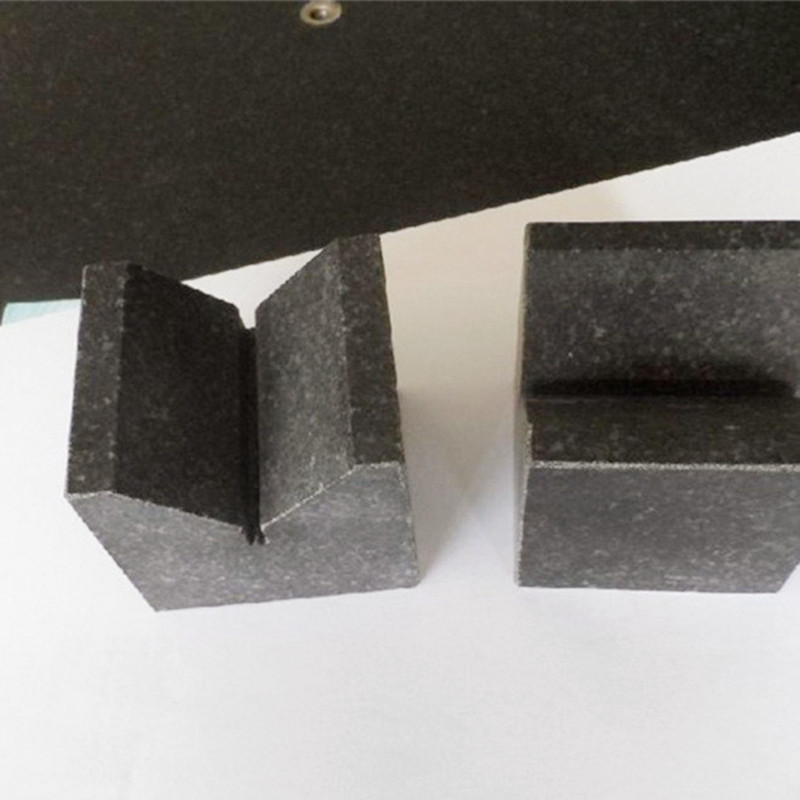ਦਸੰ. . 24, 2024 16:36 Back to list
Understanding the Functionality of a Pilot Operated Check Valve in Hydraulic Systems
Understanding Pilot Operated Check Valves
Pilot operated check valves (POCVs) are essential components in hydraulic systems, renowned for their ability to prevent backflow while allowing free flow in one direction. This functionality is critical in maintaining system integrity, reducing the risk of fluid leakage, and ensuring operational efficiency. In this article, we will delve into the working principles, applications, advantages, and maintenance of pilot operated check valves.
Working Principles
A pilot operated check valve comprises two main sections a check valve and a pilot control. The check valve functions similarly to traditional check valves, which allow fluid to flow in one direction while preventing it from reversing. However, what sets pilot operated check valves apart is their integrated pilot mechanism.
When fluid flows in the permitted direction, the pressure builds up and opens the main valve. Conversely, if there is a reverse flow, the pilot mechanism engages, causing the main valve to close and stop the backflow. This dual-action system ensures that the POCV operates efficiently in varying pressure conditions, thus providing a reliable solution to prevent backflow in hydraulic circuits.
Applications
Pilot operated check valves find applications across numerous industries, including construction, manufacturing, automotive, and aerospace. They are commonly used in hydraulic lifts, presses, and various industrial equipment where backflow could compromise safety and performance. Some specific applications include
1. Hydraulic Lifts In lifts, pilot operated check valves prevent descent in case of power failure, ensuring safety for passengers and loads. 2. Cylinders and Actuators POCVs are often used in hydraulic cylinders to ensure that the actuation does not reverse, maintaining the position of loads during operations.
3. Pneumatic Systems While primarily used in hydraulic systems, POCVs can also play a role in pneumatic applications where backflow needs to be managed effectively.
4. Industrial Equipment Many industrial machines that rely on hydraulic power incorporate POCVs to enhance operational reliability and safety.
Advantages
Pilot operated check valves offer various benefits over traditional check valves, making them a favored choice in many applications
. Key advantages includepilot operated check valve

- Higher Flow Rates POCVs can handle higher flow rates compared to standard check valves, ensuring system efficiency.
- Pressure Balance The pilot control feature allows POCVs to maintain flow even under varying pressure conditions, providing greater reliability.
- Compact Design The integration of check and pilot valve in a single unit reduces the space required for installation and simplifies the overall hydraulic system design.
- Safety Features By preventing backflow, POCVs effectively enhance the safety of hydraulic systems, protecting both equipment and operators.
Maintenance Considerations
While pilot operated check valves are designed for durability and long-term performance, regular maintenance is essential to ensure their optimal functioning. Key maintenance practices include
1. Regular Inspections Routine checks for wear and tear, leakage, and any signs of malfunction are crucial. Inspect seals and check for any signs of corrosion.
2. Cleaning Keeping the valves clean from debris and contaminants helps maintain their efficiency and prolongs their lifespan.
3. Testing Periodically conducting flow tests can help ensure that the valve is operating as intended. Monitoring for undesired backflow or pressure drops can indicate potential issues.
4. Replacement of Parts If any components show signs of failure or wear, timely replacement can prevent more significant problems down the line.
Conclusion
Pilot operated check valves play a pivotal role in hydraulic systems, offering enhanced functionality and safety. Their ability to facilitate smooth operations while preventing backflow makes them indispensable in various industries. Understanding how they work, their applications, advantages, and maintenance practices can empower users to make informed decisions that enhance system reliability and performance. By prioritizing regular maintenance and monitoring, users can ensure that pilot operated check valves deliver optimal performance, thus contributing to the overall efficiency of hydraulic applications.
-
Precision Manufacturing with Advanced Spline Gauge DesignNewsJul.31,2025
-
Industrial-Grade Calibrated Pin Gauges for Exact MeasurementsNewsJul.31,2025
-
Industrial Filtration Systems Depend on Quality Filter DN50 SolutionsNewsJul.31,2025
-
High-Performance Gate Valve WholesaleNewsJul.31,2025
-
Granite Surface Plate The Ultimate Solution for Precision MeasurementNewsJul.31,2025
-
Granite Industrial Tools The Ultimate Guide for Bulk BuyersNewsJul.31,2025
Related PRODUCTS









